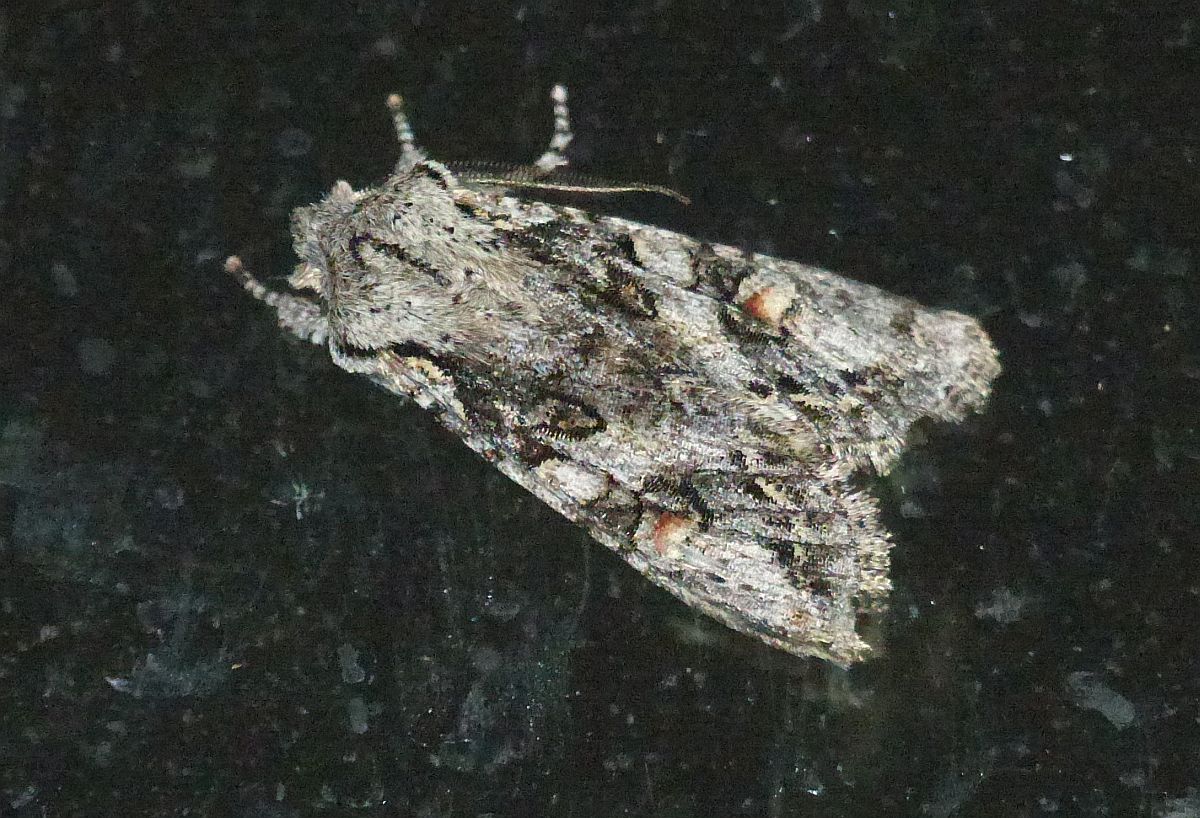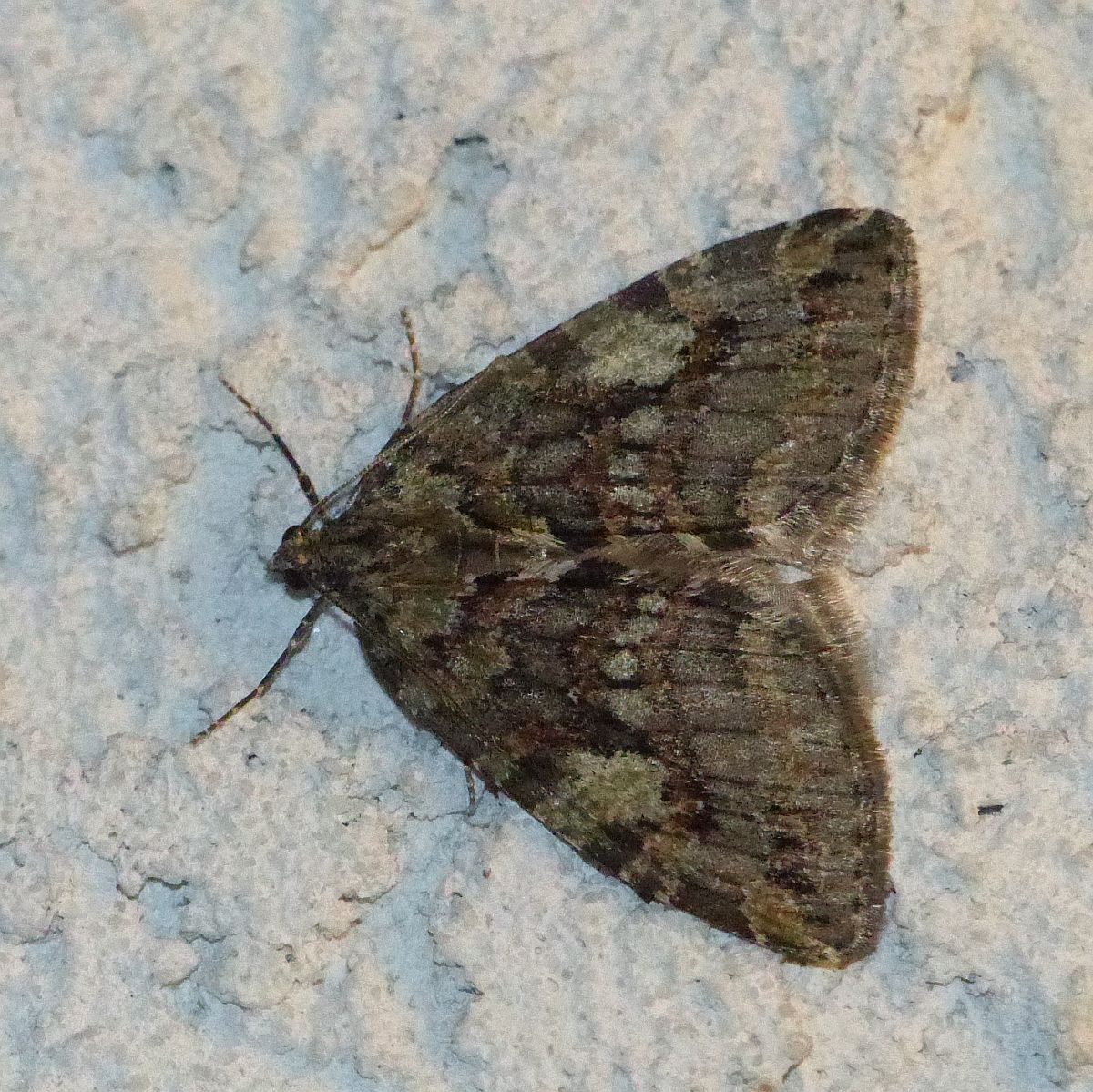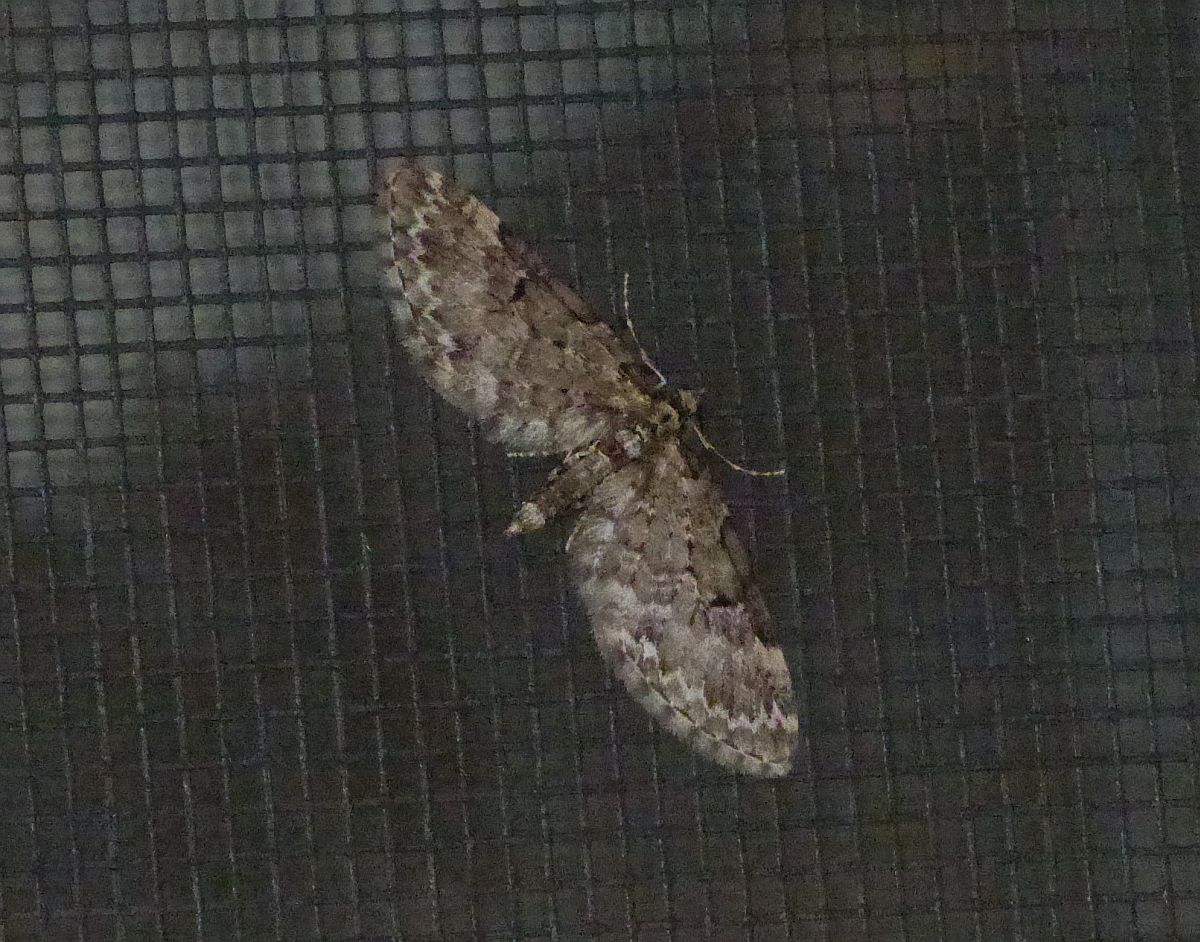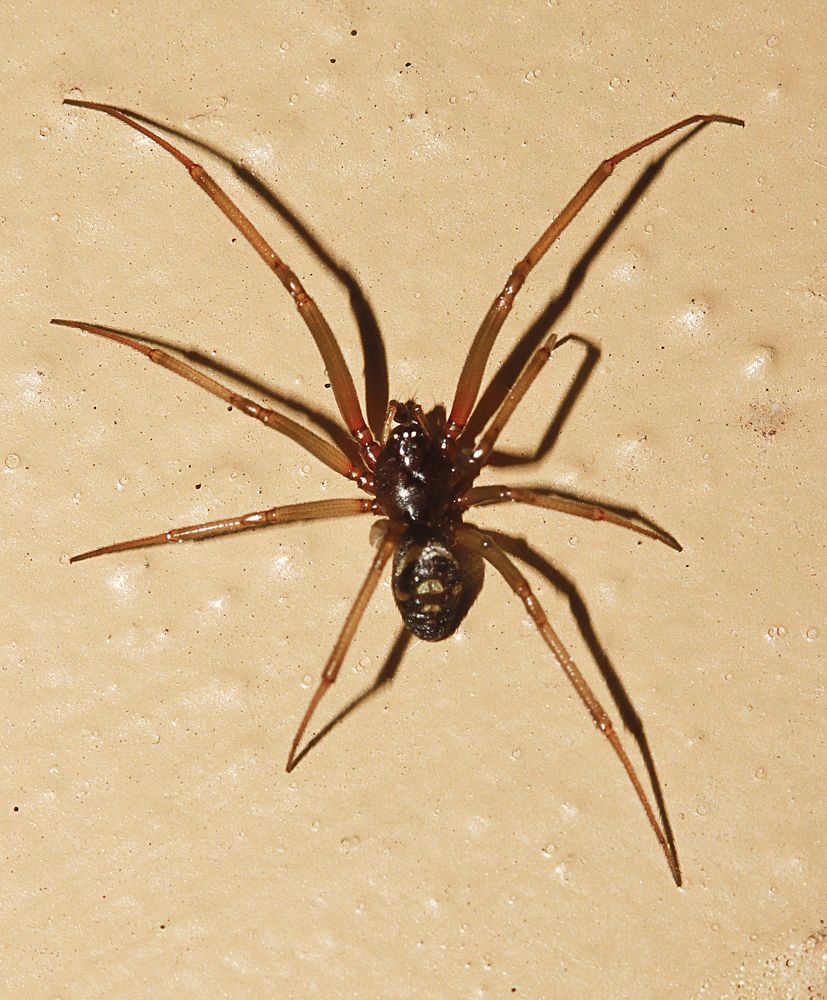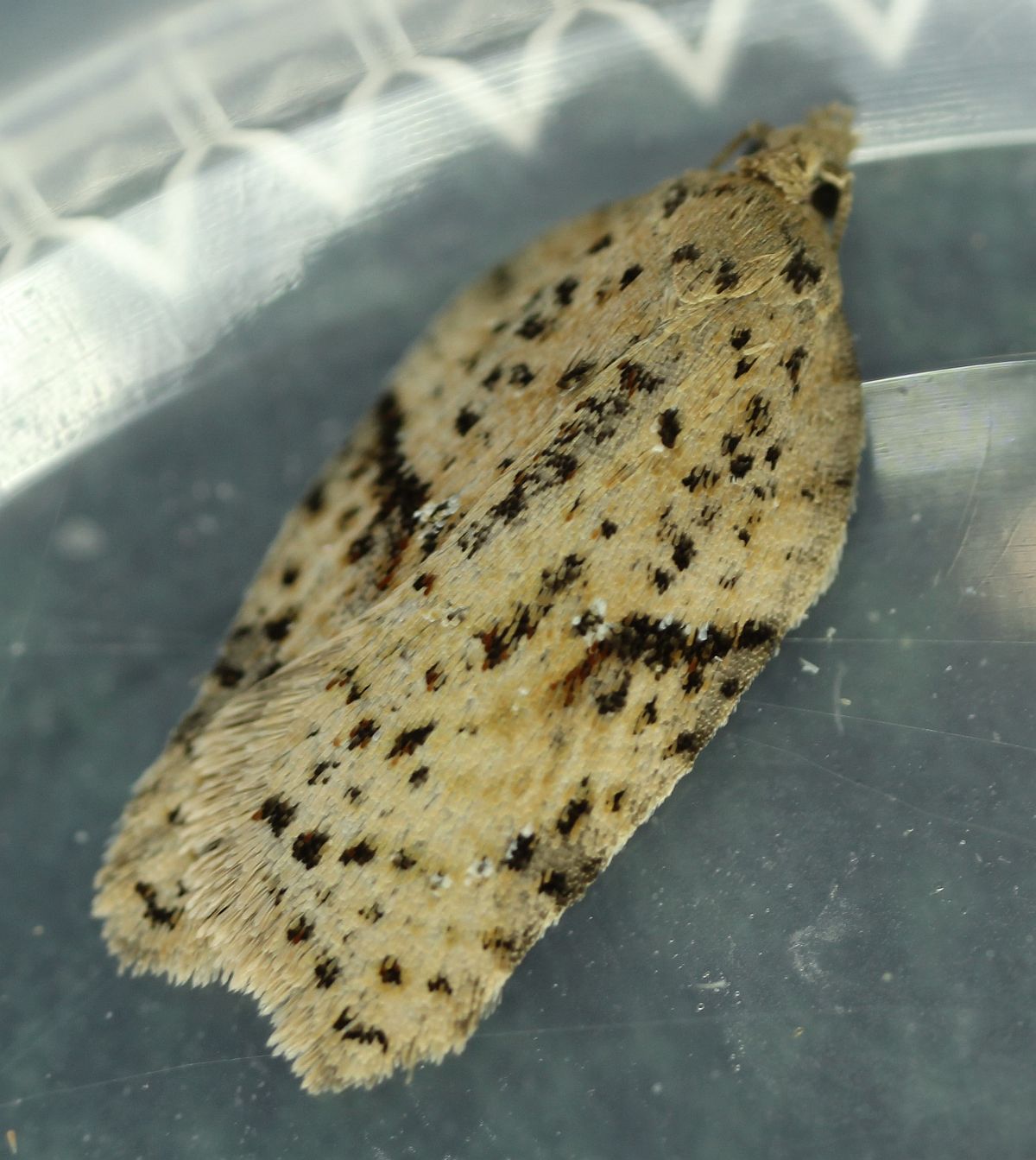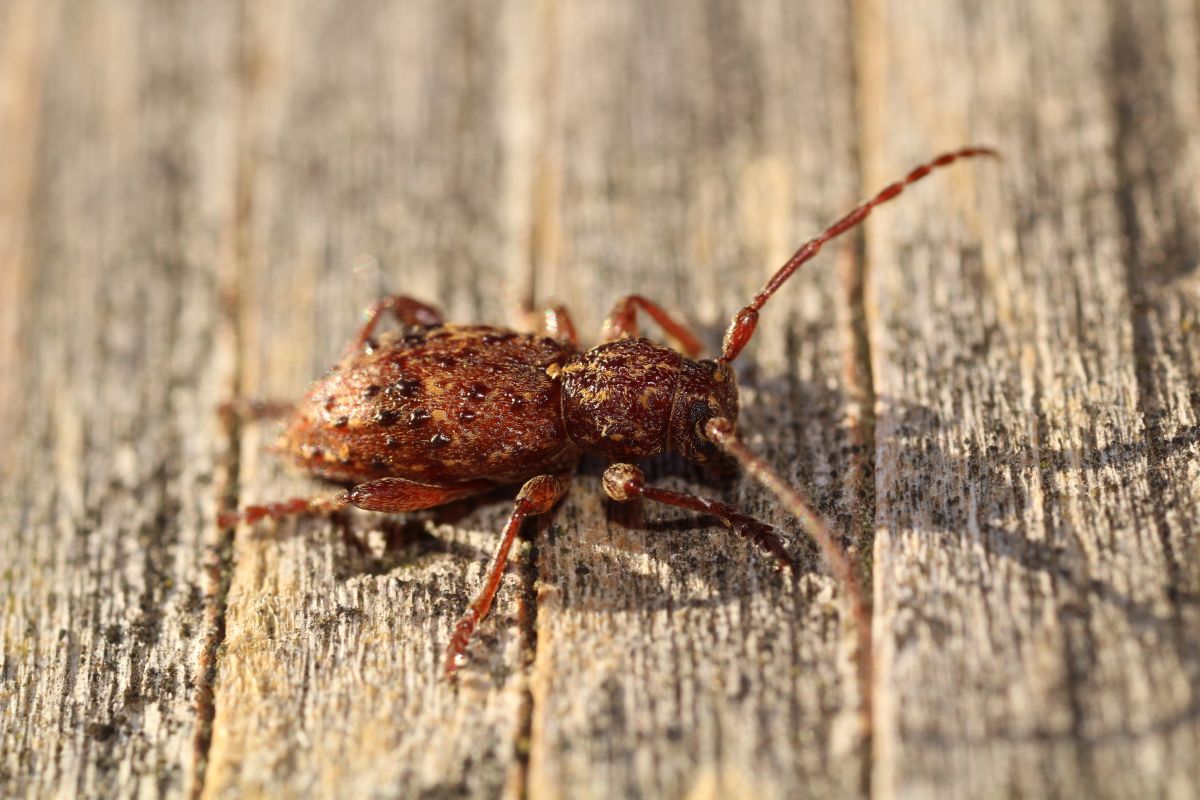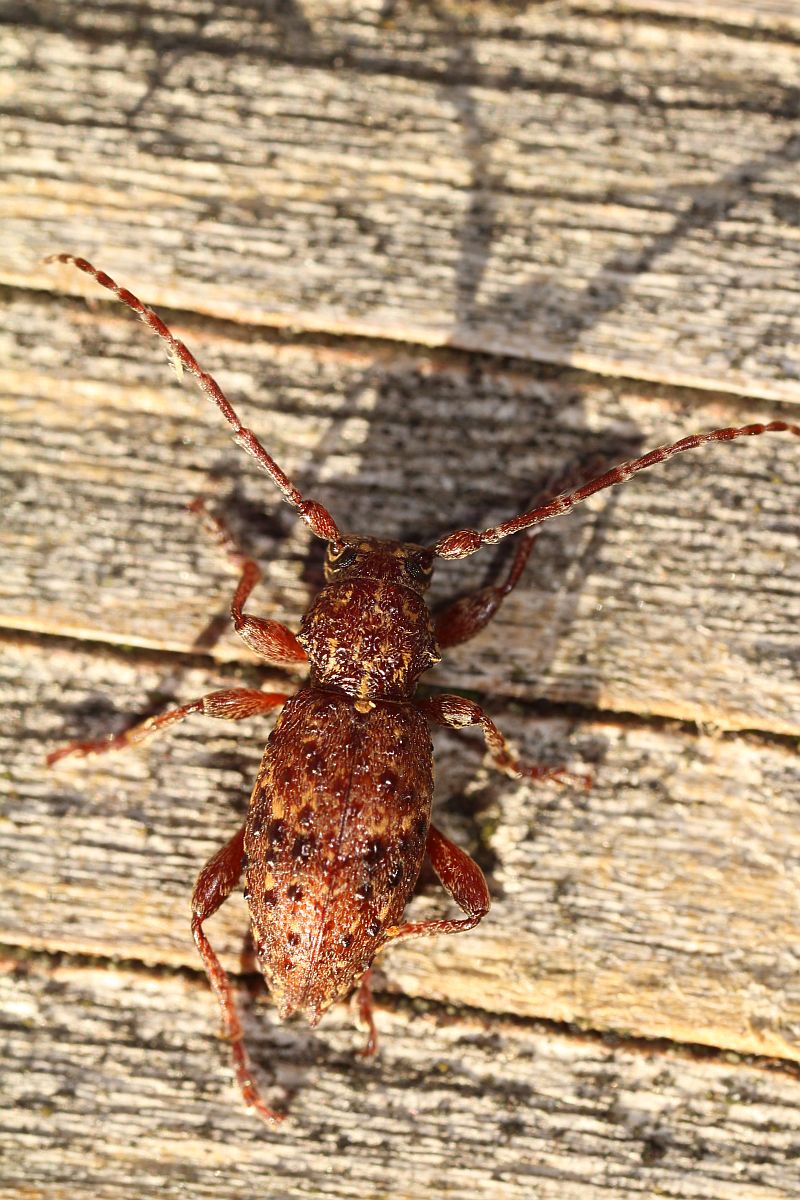2018 February 11
Jeremy Gatten writes: Here are some of the moths I’ve mentioned. In addition to those mentioned from last weekend, I had Lithophane pertorrida at my place in Saanichton during the wee hours of February 8th
Jeremy Tatum writes: This is an interesting bunch. The three noctuids are among those moths that spend the winter in the adult state, reappearing early in the year. Lithophane georgii is a new moth for this site. Homoglaea dives has appeared only once before, in September 2013. The caterpillars of Lithophane are best reared separately from other caterpillars – they are not wholly vegetarian! Hydriomena manzanita is another “highflyer” (see February 7 for another one) – though not at all a very typical one. It’s also not a very typical geometrid, for it holds its wings “portrait” like a noctuid, rather than “landscape” like a typical geometrid. Its caterpillar feeds on Arbutus and presumably also Manzanita. It enters diapause in the late summer, and pupates sometime during the winter.

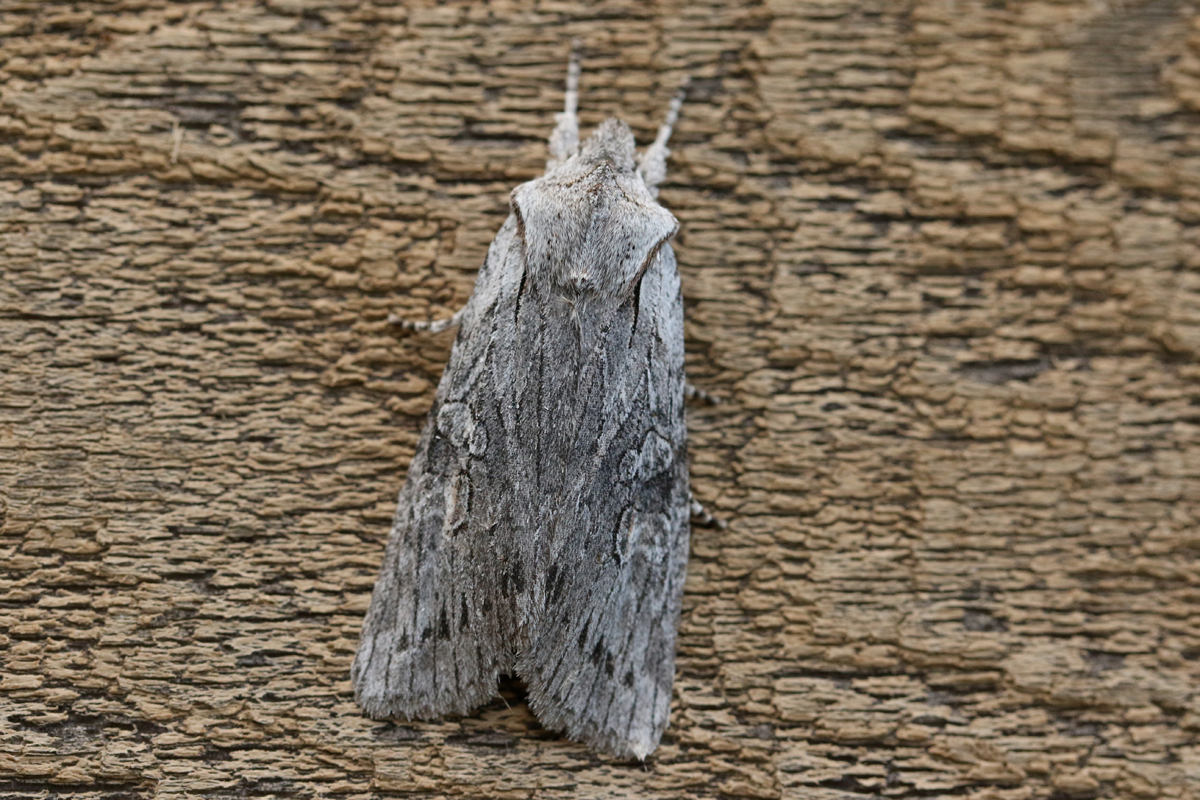
Lithophane georgii (Lep.: Noctuidae) Jeremy Gatten

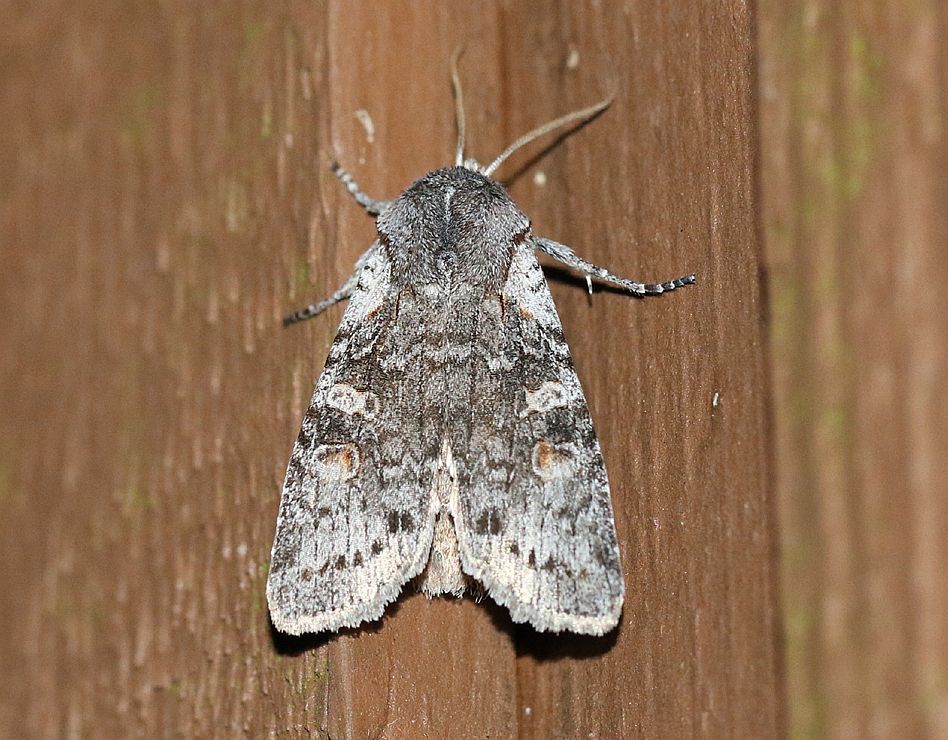
Lithophane pertorrida (Lep.: Noctuidae) Jeremy Gatten

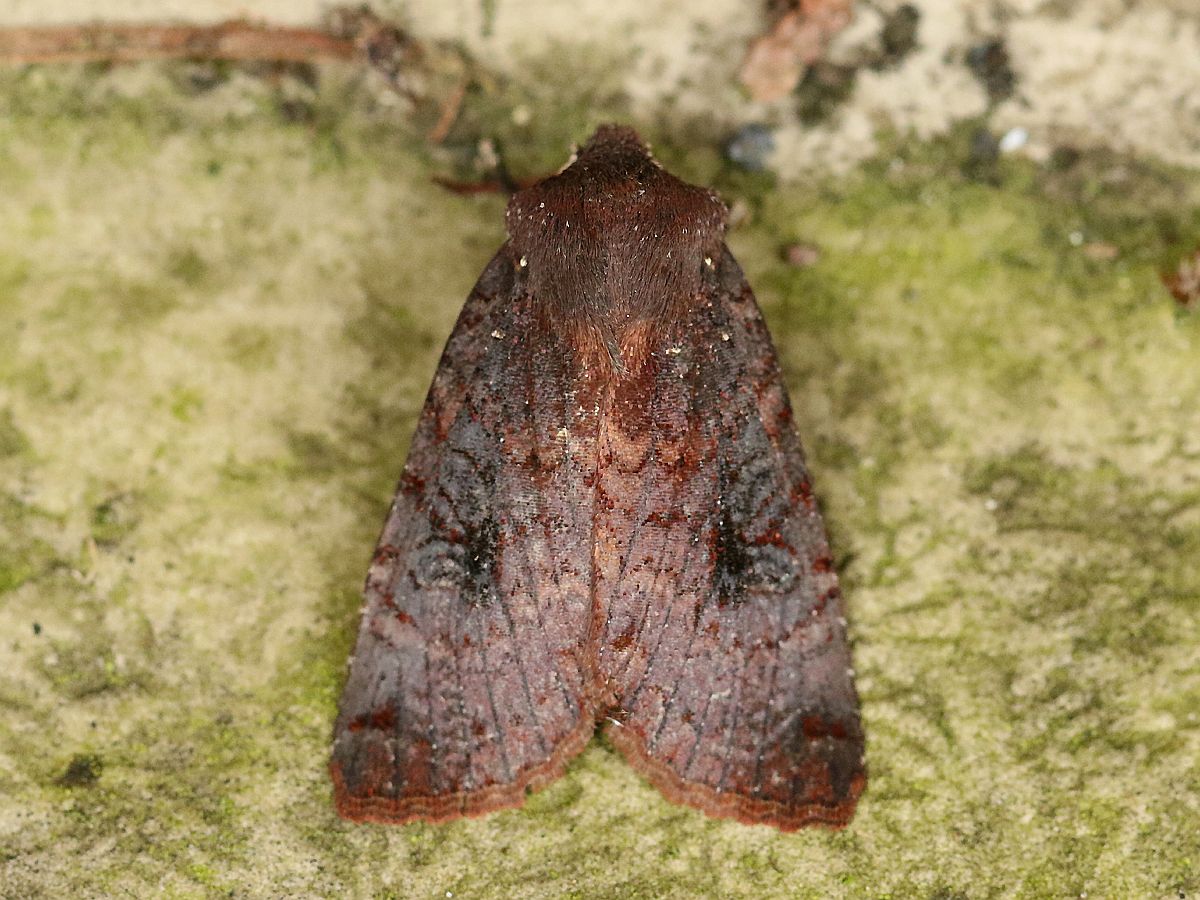
Homoglaea dives (Lep.: Noctuidae) Jeremy Gatten

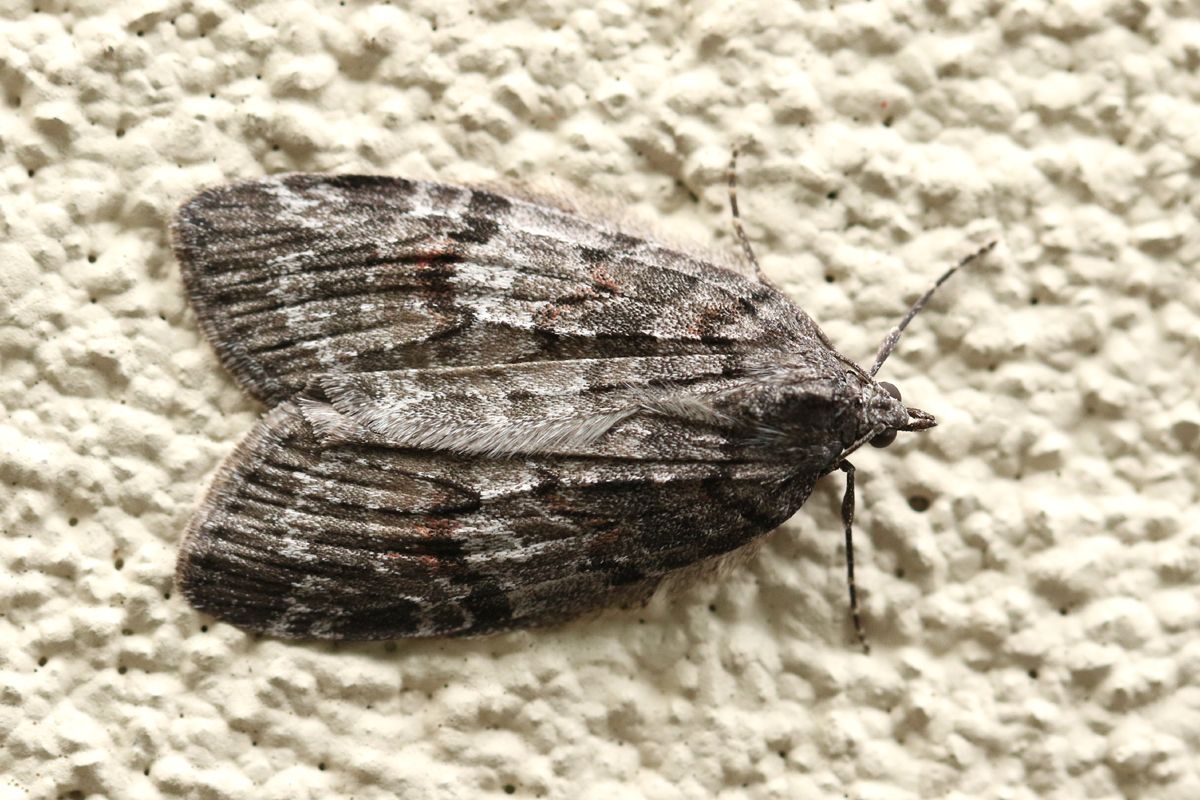
Hydriomena manzanita (Lep.: Geometridae) Jeremy Gatten
Below is a photograph of a Yellow-bordered Taildropper, sent by Bud Logan and photographed by his son Robert from Sayward. We’ve had this slug on this site just once before – on 16th September 2016.

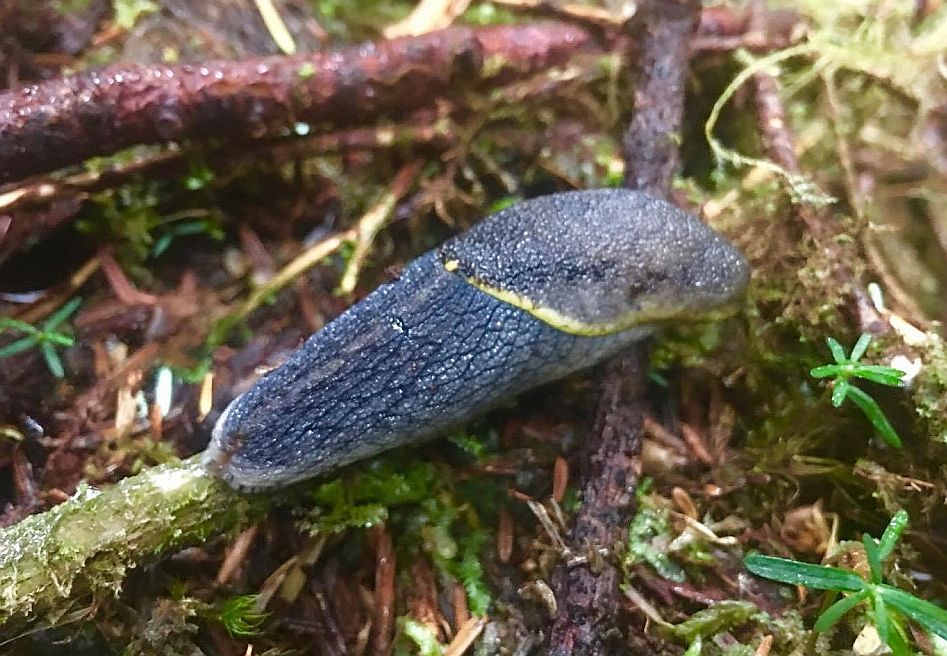
Yellow-bordered Taildropper Prophysaon foliolatum (Pul.: Anadeniidae) Robert Logan

